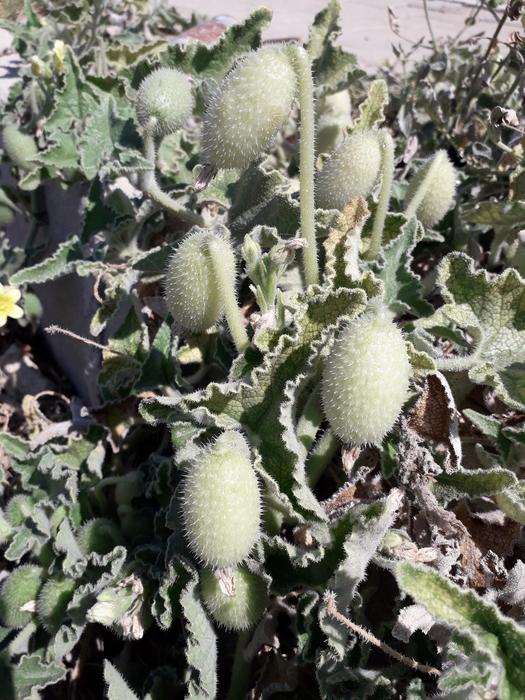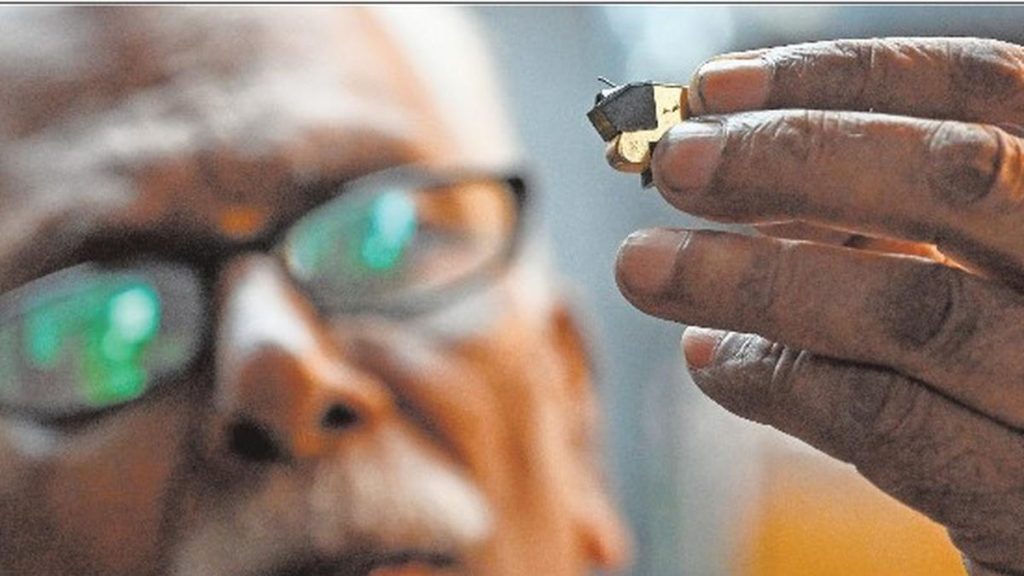Now Reading: Nature’s Catapult: Squirting Cucumbers Propel Seeds at 29 MPH
-
01
Nature’s Catapult: Squirting Cucumbers Propel Seeds at 29 MPH
Nature’s Catapult: Squirting Cucumbers Propel Seeds at 29 MPH

Quick Summary
- Squirting cucumbers (Ecballium elaterium) propel their seeds explosively,launching them at speeds of up to 29 miles per hour and distances nearing 40 feet.
- Researchers presented findings on self-propelled seed dispersal at the Society for Experimental Biology Annual Conference in Antwerp, Belgium.
- High-speed videos recorded seed ejection with frame rates of up to 10,000 fps; microcomputed tomography was used to generate detailed 3D models of the fruit structure.
- The cucumbers’ stems are angled close to the optimal 50-degree angle for maximum dispersal efficiency (observed average: 53 degrees).
- Sticky mucilaginous coating on seeds aids germination after dispersal.
- Research indicates potential applications for energy-efficient systems in hydrogels used in drug delivery devices, soft robotics, and microrobots.
Indian Opinion Analysis
The findings uncover engaging details about the biomechanics behind squirting cucumber seed dispersion. While primarily biological research,such knowledge has indirect relevance for India’s agricultural innovation and scientific pursuits. Understanding natural engineering-from optimized angles to material properties-offers insights that may inspire technological advancements in crop distribution techniques or bio-inspired designs within medicine and robotics.
India’s robust biotech and biomedical industries coudl particularly benefit from integrating concepts like energy-efficient propulsion mechanisms as highlighted here. Moreover, greater exploration into similar indigenous plant species could reinforce India’s contribution toward global scientific revelation while supporting sustainable farming practices.
























